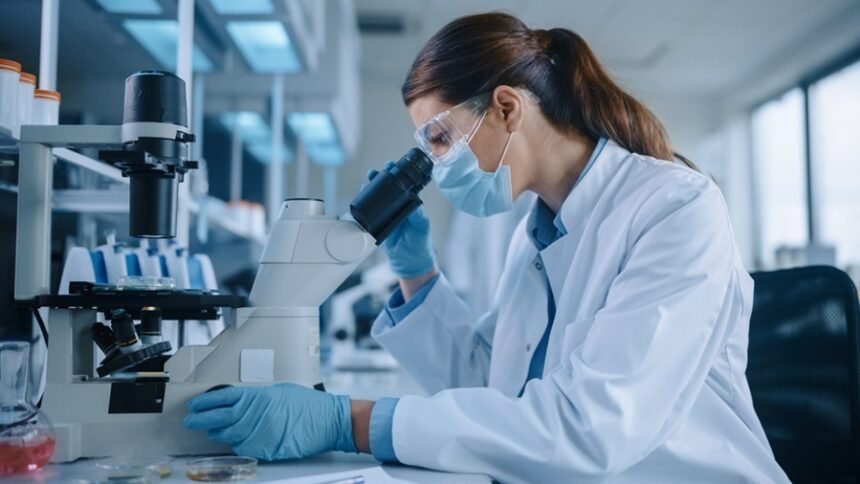Are you curious about the significant strides in science and tech advances in the last few years? Wondering how these changes are catalyzing evolution in the world of research and development, particularly in PC2 Laboratory (physical containment level 2)? If so, stay with us as we navigate you through an intriguing exploration of modern laboratory equipment.
In a world on fast forward, technology has emerged as the unsuspected hero, matching pace with rapidly growing scientific objectives. Turn your gaze towards PC2 laboratories, where daily breakthroughs are standard practice. It’s here that technology’s most innovative advancements demonstrate their prowess. As we delve deeper into this extraordinary world, we will identify trends, dissect particulars, and unravel the fusion of innovation and practicality.
This article aims to shine a light on these technological advances and how they revolutionize laboratory work in the PC2 realm. We’ll probe the whys and hows, the milestones and the roadblocks, and how these progressions are not just reshaping laboratories of today, but are also paving the way for a formidable future.
A Deep Dive into PC2 Laboratory Evolution
Let’s embark on our exploration with a precise look at this transformative journey. Why has technology become such an integral part of PC2 laboratory? What necessitated this shift? The answer lies in the surge of advanced research involving infectious microorganisms. The need for precision and accuracy became paramount, and technology-fueled equipment arose as the solution.
We should then investigate specific technological advances that have made a significant impact in PC2 labs. Pipetting robots, for instance, minimize human error, increasing the efficiency of complex and time-consuming tasks. Next-generation sequencing technologies, on the other hand, aid scientists to decode the most intricate genomic structures in record time.
A key roadblock for many laboratories has historically been storing and managing vast amounts of data. This is where advances in laboratory information management systems (LIMS) come to save the day, providing seamless data integration, in-depth analysis, and improved collaboration.
The Pros and Cons
With any technological advancement, a fulsome comprehension of the pros and cons is essential. In the context of PC2 laboratory, the advantages are plentiful. Improved accuracy, greater productivity, enhanced safety measures, and swift data handling are among the many strengths.
There are, however, several aspects that need to be taken into account. Higher costs and the potential for technical glitches can sometimes pose challenges. Also, the continuous need for process updates and personnel training can be resource-intensive.
The Future of Tech in Laboratories
What’s on the horizon for laboratory technology? As advancements forge new paths, we’re seeing an influx of transformative technology. Internet of Things (IoT) enabled devices, artificial intelligence, and machine learning are moving from aspirational tech to reality in lab settings.
Preparing for Transformation
The shift towards a technology-heavy laboratory requires preparation. Infrastructure upgrades, training programs, and the cultivation of a tech-embracing culture are necessary steps for successful modernization.
Conclusion
As we wrap up this exploration of technological advances in PC2 laboratory, several points stand out exceptionally. The omnipresence of technology has accelerated research capabilities, revolutionized data handling, and ushered a safer, more efficient environment for laboratories.
This transformation, however, does not come without its challenges. Proper planning and diligent implementation are necessary prerequisites for harnessing full potential. In the end, the ability to successfully cell-mesh technology with research objectives will be the prevailing factor for future success in PC2 laboratory. Technology, thus, is not just equipping laboratories for the present but enabling them to conquer the future.



